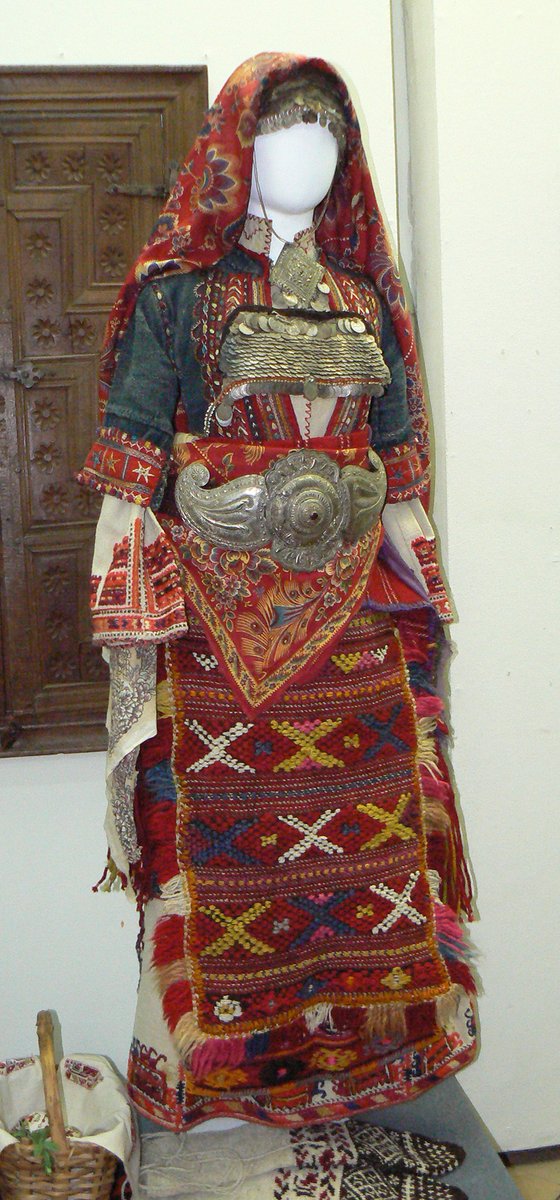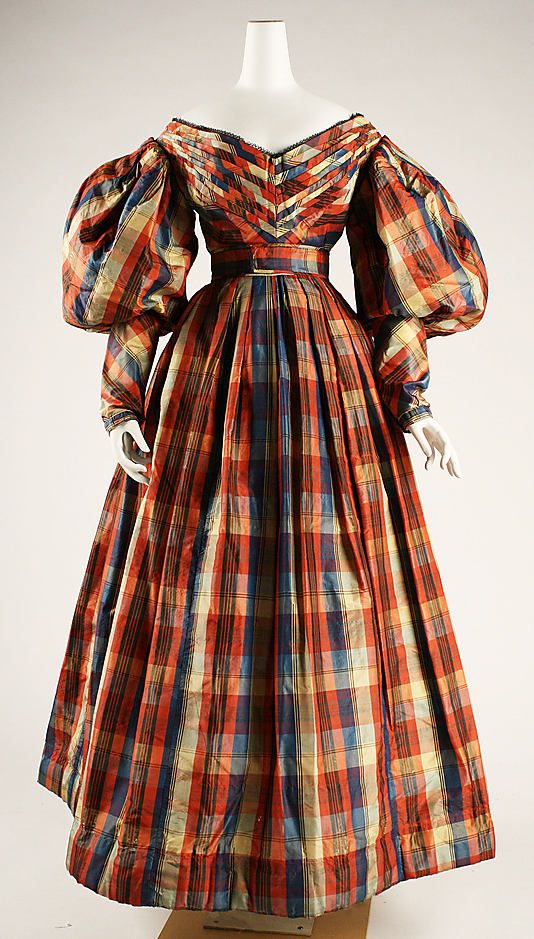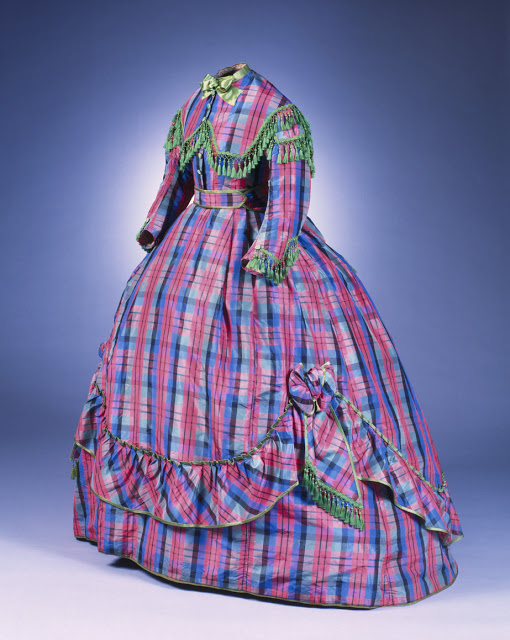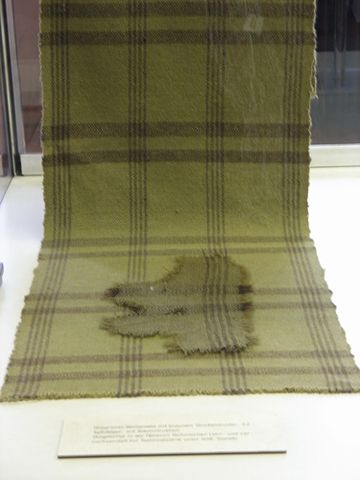
1 - Welcome to #ThreadTalk. This week’s subject: #embroidery.
This fabric art—both fine and folk — is a world heritage art, meaning its inception goes back before recorded times.
So tonight, I’m taking you on a tour around the world.
This fabric art—both fine and folk — is a world heritage art, meaning its inception goes back before recorded times.
So tonight, I’m taking you on a tour around the world.

2 - The word "embroider" comes to English by way Frankish and Proto-German & may mean “braid” or “embellishment.”
From simple decorative stitches to complex beaded patterns, embroidery is often a matter of national pride and identity, too, like this Croatian blouse.
From simple decorative stitches to complex beaded patterns, embroidery is often a matter of national pride and identity, too, like this Croatian blouse.

3 - The width and breadth of the embroidery on Earth is striking in variety & beauty. It transcends class, status, and rank & has been used both as symbols of the oppressed and the oppressor.
This hand-stitched Mandarin rank badge is from the Qing Dynasty in China.
This hand-stitched Mandarin rank badge is from the Qing Dynasty in China.

4 - Human beings learned how to sew. Then we were like, “I like this leather jerkin IN PARTICULAR” and made some fancy sewing embellishments. Or added shells. Or very small rocks.
Eventually, simple stitches developed into far more complex ones, like these from Peru (450-0 BC)

Eventually, simple stitches developed into far more complex ones, like these from Peru (450-0 BC)


5 - When King Tutankhamun’s tomb was opened, the team discovered incredibly well-preserved floral collars featuring embroidered beads, cloth, and olive leaves. They also papyrus, blue lotus leaves, nightshade berries, and more. 

6 - Embroidery is vast, & knowing I will get utterly lost in definitions of different stitches & methods, I’m going to focus on art.
It really is the perfect #InternationalWomensDay topic, as no matter the tradition, it almost always is made by women
Boy's Frock Kashmir 19th C
It really is the perfect #InternationalWomensDay topic, as no matter the tradition, it almost always is made by women
Boy's Frock Kashmir 19th C

7 - Zardozi embroidery probably originated in Persia, but became a sensation under the patronage of the Mughal Emperor Akbar (mid-16th C).
This ancient method combines gold thread, beads, and precious stones to make. In this case, men and women both practice this art.
This ancient method combines gold thread, beads, and precious stones to make. In this case, men and women both practice this art.

8 - In the Guizhou Province in China, women have been embroidering with tin (yes, TIN) for the last 500 years.
It’s the only place in the world where it’s practiced & takes a year to craft one outfit. This video does far more justice than I will:
It’s the only place in the world where it’s practiced & takes a year to craft one outfit. This video does far more justice than I will:
9 - Phulkari is the folk embroidery of the Punjabi & is recognized by its geometric and flower designs—darned on the reverse side of the cloth. It may be as old as the 7th C, & is still made today.
The vivid colors! The shapes!
The vivid colors! The shapes!

10 - In Iceland, embroidery has been a big part of life for centuries. This wedding ensemble dates from the 18th century, but pieces of it are older.
I love that this speaks to the value of the work, likely passed down through the generations.
I love that this speaks to the value of the work, likely passed down through the generations.

11 - Ukrainian embroidery is varied in its design and meaning depending on area. Individual designs were prized among women, & producing embroidery was considered a meditative, mystical art.
This dress is from Sniatyn district, Pokuttia, Ukraine.
This dress is from Sniatyn district, Pokuttia, Ukraine.

12 - Bulgaria is like, though, wait a minute. Because whoa. Just as varied as Ukraine -- and much of eastern Europe -- Bulgaria has a wealth of embroidery styles.
This Saya, a woman’s costume, is from the southwestern part of Bulgaria & I absolutely love everything about it.
This Saya, a woman’s costume, is from the southwestern part of Bulgaria & I absolutely love everything about it.

13 - Next is the famed Bayeux Tapestry, which is not a tapestry at all. It’s an embroidered cloth & can be dated around 1077ish. Certainly one of the most important records of the Norman Conquest, it's a whopping 224 ft. long.
Here’s Harold swearing on the relics.
Here’s Harold swearing on the relics.

14 - If, like me, you are a SUPER NERD, you can actually "tour" the entire Bayeux Tapestry here. (You can swipe right on the whole thing: en.wikipedia.org/wiki/Bayeux_Ta…)
Or make your own meme: htck.github.io/bayeux/#!/#%2F
Or make your own meme: htck.github.io/bayeux/#!/#%2F

15 - In the Middle Ages, England became so well-known for embroidery it got its own name: opus anglicanum (English work).
It often featured 3D effects, puffed up like many an English royal. This is from the Fishmonger’s Pall, a funeral cloth made by nuns (feat: #mermaid).
It often featured 3D effects, puffed up like many an English royal. This is from the Fishmonger’s Pall, a funeral cloth made by nuns (feat: #mermaid).

16 - Blackwork embroidery is a personal favorite (remember, I love the Chantilly, too) because it's Goth AF. Popular during the Elizabethan era, it was FREEHAND. I can't even start to imagine doing something like this.
This smock is from 1575 or so. Le sigh.

This smock is from 1575 or so. Le sigh.


17 - Now before I show some pretty, pretty gowns. I wanted to take a breather during all this heritage for context.
For centuries, fashion in Europe used all these traditions as their own. It's appropriation to the highest degree, often deliberately in the name of Empire.
For centuries, fashion in Europe used all these traditions as their own. It's appropriation to the highest degree, often deliberately in the name of Empire.

18 - Yes, I have a fondness for black. And though I usually shy away from the mid-19th poofy fluffy stuffy (that's the official term) I still love this.
Look familiar?
Woman's Dress and Train - Portugal, circa 1845
Look familiar?
Woman's Dress and Train - Portugal, circa 1845

19 - This English waistcoat from the 1740s has all the influence of China in the color scheme and stitching. Everything, down to the buttons, is pristine handwork. Likely a wedding ensemble for a very well-to-do groom. 



20 - These shoes from the French court in the late 17th early 18th century take motifs we've seen and interpret them for footwear. I particularly like the yellow and green color scheme and would wear these to dance on the grave of the patriarchy with no hesitation. 

21 - This House of Worth bodice from an elaborate ballgown is almost 200 years older than the last shoes, yet they look as if they could go together (although this has a neoclassical flair).
The "look" has certainly remained timeless. Embroidery on silk with lace? Yes pls. 1898
The "look" has certainly remained timeless. Embroidery on silk with lace? Yes pls. 1898

22 - From the 1880s, we have this American gown, which goes for a less ostentatious application of embroidery. However, the shape of the dress really is unusual--the thick pleats beneath the embroidery and the color choices. 



23 - My personal favorite, this velvet & embroidered evening jacket is everything. Yes, I have an aesthetic. Coupling the glittering beadwork with that lace is about enough for me to need smelling salts.
Is it hot in here?
This is murderous women's wear. 1890.

Is it hot in here?
This is murderous women's wear. 1890.


24 - And one more to round out the evening. Because I couldn't avoid the long Regency. This gown uses gold thread as embroidery AND as structure.
It's stunning and surprisingly modern--but also much like the folk costumes we saw earlier. Muslin, naturally... 1815 ish.

It's stunning and surprisingly modern--but also much like the folk costumes we saw earlier. Muslin, naturally... 1815 ish.


25 - I have reams of sources, of course, but I kept coming back to the idea that we all have embroidery in our past and yet... European society, in particular, stole from other cultures freely--especially those they tried to erase. That's a lot to consider 

26 - First batch -- LOTS more reading here. Wish I could include it all.
etymonline.com/word/embroider…
en.wikipedia.org/wiki/Embroidery
mymodernmet.com/what-is-embroi…
vam.ac.uk/articles/embro…
vam.ac.uk/content/articl…
sayitwithstitches.net/the-history-of…
artofsilk.com/blogs/news/152…
trc-leiden.nl/trc-needles/re…
etymonline.com/word/embroider…
en.wikipedia.org/wiki/Embroidery
mymodernmet.com/what-is-embroi…
vam.ac.uk/articles/embro…
vam.ac.uk/content/articl…
sayitwithstitches.net/the-history-of…
artofsilk.com/blogs/news/152…
trc-leiden.nl/trc-needles/re…
27 - More sources...
japaneseembroidery.com/what-is-nuido-…
trc-leiden.nl/trc-needles/re…
en.natmus.dk/historical-kno…
en.natmus.dk/historical-kno…
trc-leiden.nl/trc-needles/re…
en.wikipedia.org/wiki/Embroider…
en.wikipedia.org/wiki/Phulkari
japaneseembroidery.com/what-is-nuido-…
trc-leiden.nl/trc-needles/re…
en.natmus.dk/historical-kno…
en.natmus.dk/historical-kno…
trc-leiden.nl/trc-needles/re…
en.wikipedia.org/wiki/Embroider…
en.wikipedia.org/wiki/Phulkari
28 - euromaidanpress.com/2016/05/19/sec…
folkcostume.blogspot.com/2013/05/red-sl…
varnacitycard.com/blog/tradition…
trc-leiden.nl/trc-needles/re…
vogue.in/fashion/conten…
vam.ac.uk/articles/india…
exchange.umma.umich.edu/resources/26228
folkcostume.blogspot.com/2013/05/red-sl…
varnacitycard.com/blog/tradition…
trc-leiden.nl/trc-needles/re…
vogue.in/fashion/conten…
vam.ac.uk/articles/india…
exchange.umma.umich.edu/resources/26228
29 - Last sources: exchange.umma.umich.edu/resources/26228
en.wikipedia.org/wiki/Bayeux_Ta…
vam.ac.uk/exhibitions/op…
trc-leiden.nl/trc-needles/in…
handembroidery.com/hand-lock-visi…
heritage-india.com/silver-gold-st…
en.wikipedia.org/wiki/Bayeux_Ta…
vam.ac.uk/exhibitions/op…
trc-leiden.nl/trc-needles/in…
handembroidery.com/hand-lock-visi…
heritage-india.com/silver-gold-st…
30 - And to make it an even 30, some of MY heritage. This lovely Scandanavian embroidered cloth dates from 1500, w/a centaur, a unicorn, a lion, & a deer.
It made me think of my Swedish ancestors who came to the US 100 years ago.
Thanks for joining me on tonight's #ThreadTalk.

It made me think of my Swedish ancestors who came to the US 100 years ago.
Thanks for joining me on tonight's #ThreadTalk.


• • •
Missing some Tweet in this thread? You can try to
force a refresh

















